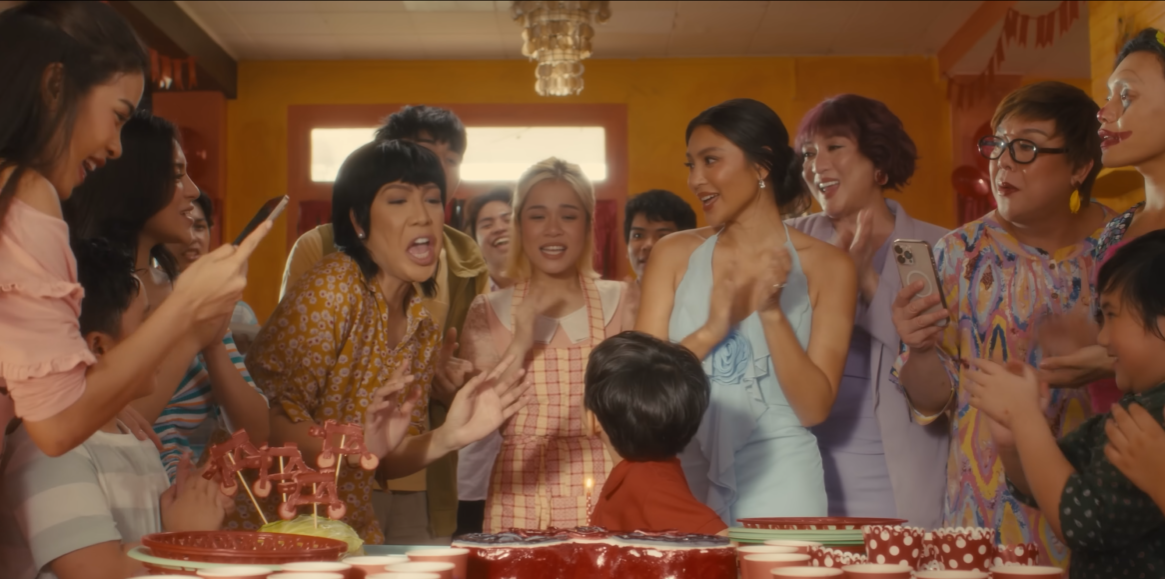‘Beetlejuice Beetlejuice’ REVIEW: He’s Back. Good for him!
‘Beetlejuice Beetlejuice’ REVIEW: He’s Back. Good for him!
For many kids, Beetlejuice served as their introduction to Tim Burton and his trademark quirks: macabre sights and musings on life’s precariousness holding hands with heart and humor that conjure tangibly animated sets and sympathy for lonely characters. It’s a commitment to this style that’s kept audiences through his most interesting and least distinctive endeavors.
Hearing about a Tim Burton project doesn’t stir the kind of curiosity I had long ago in my youth. I certainly missed the memo on Wednesday when it came out on Netflix as Burton’s first major live-action foray into television, or whatever’s left of it today. But when I sat down for the long gestating sequel to Beetlejuice, which is the title said twice, I felt an excitement with experiencing a Tim Burton film that I’m sure most people had not felt in a long time.
This excitement came, naturally, with the early introduction of a character whose body parts start assembling to form Monica Bellucci, playing long-deceased witch Dolores, who is bent on finding and stealing the soul of her ex-husband who… you guessed it, is the titular anti-hero plastered on the film’s title and marketing. It’s the kind of introduction that feels assembled with care, rife with Burton’s usual visual flourishes and invigorated with the kind of curiosity that keeps your eyes glued to seeing what’s ahead. I guess love really does help enliven how you capture someone on camera.
Everywhere else, the film sadly gets bogged down by the inevitable sequel-itis plaguing today’s crop of cash-grab, sequel-reboots. The original’s Lydia Deetz and her distinctive nonchalance are now traded with a mother going through the motions of being a paranormal show host guiding her guests to hear the words of loved ones. I know motherhood changes people, but I didn’t expect Winona Ryder — who remains endearing to see throughout — to seem tuned as if she just came from the Stranger Things set.
Catherine O’Hara hews closer to the absurdity that Delia had back then, though the film gives her short shrift in the shenanigans it doles out. It seems that all of Lydia’s youthful goth cool has been transposed to her daughter, Astrid. At this point, Jenna Ortega could play that kind of character in her sleep and still win audiences over, but she does get her moments to shine despite being saddled with a very typical plot of “girl reluctantly goes back to mom’s original home and meets a boy until it all goes to hell.” The three women have a coterie of quirks that bounce giddily off each other when they’re together. Even if these moments hardly carry the plot forward, they’re just all so exciting to see together.
Of course, the film’s technical draw is its “bio-exorcist” that the film uses as an easy path to move into supernatural territory. Michael Keaton imbues every second he’s in with a sleaziness that still has a high success rate in terms of jokes. Despite the film’s directive that he “have no growth” and remain politically incorrect, it doesn’t seem like the “ghost with the most” says or does anything that’ll get the film canceled, even though it’s clear.
Its interesting visuals are also paired with an interesting world of places and interesting characters. There’s Bob, one among many of his kind of zombies now serving as the office staff to keep Keaton’s demon occupied with interested clients calling. There’s also Wolf Jackson, a B-Movie actor, making sure his pretend policing as a cop in a TV series does some good work in the afterlife, or any work at all. Willem Dafoe brings the right kind of off-kilter charm to him that makes me wonder why they haven’t worked before.
Every other thing in this film, from its sights and sounds to its various charms, does not deviate too much from the structure the original film laid out. This works to the detriment of adding any really memorable characters on the side of the living. The original managed to reconcile its different halves — a supernatural war of residential ownership hijacked by a comedic demon — in an ending that shows both life and death living harmoniously. This iteration does not have that, sadly. At least in this big-studio-funded sequel with a bevy of familiar cast names, Tim Burton’s touch feels reinvigorated, waiting for the right project to summon his best instincts.














